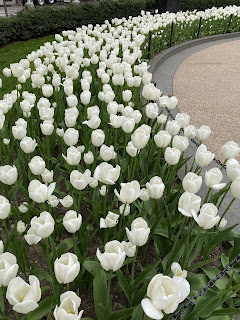The morning sun of vanished spring is streaming through my window. I am in New York, having spent the past two months in the tiny apartment I keep in Lenox Hill, Manhattan. This is an odd and disturbing state of things in New York and worldwide. But what makes it odder is that I have worried and dreamed much, but done very little.
With the feeling that the country, city and I must go on, and that I must enjoy a reality of so belated for me spring, I went yesterday for a walk in the Central Park. As soon as I crossed the Fifth Avenue and entered the park area, I could believe that I have stepped into paradise. Not a soul was visible for a moment. I looked up. The trees around me seemed to ascend and diminish till they joined the sky. Reflection that the farther and higher I got the more I could see led me to stop on a hill near the park end and regard slowly the incredible beauty of the park. The feeling of spring in the air was real and the park was still there for me to enjoy. The air with no traffic on the streets increased in transparency till the strange 59th Street Skyline points showed themselves flying shamelessly into the sky. I gazed on and on till the windows, varied outlines of the buildings and construction nonsense lost their shine with the sun being covered by heavy clouds. The city became veiled in light mist. It was time to go back to my little shelter-in-place.
A bit of history. New York Central Park was the first landscaped public park in the United States. Supporters of creating park admired the public grounds of London and Paris and insisted that New York needed a similar facility. After years of discussions over location and cost, the park’s construction finally began in 1857, based on the “Greensward Plan” of Frederick Law Olmsted and Calvert Vaux. The designers sought to create a pastoral landscape in the English romantic tradition. Some twenty thousand workers - Yankee engineers, Irish laborers, German gardeners, and native-born stonecutters - reshaped the grounds between Fifth and Eighth Avenues and 59th and 106th streets to create the pastoral landscape. The Park’s first areas were opened to the public in late 1858.










